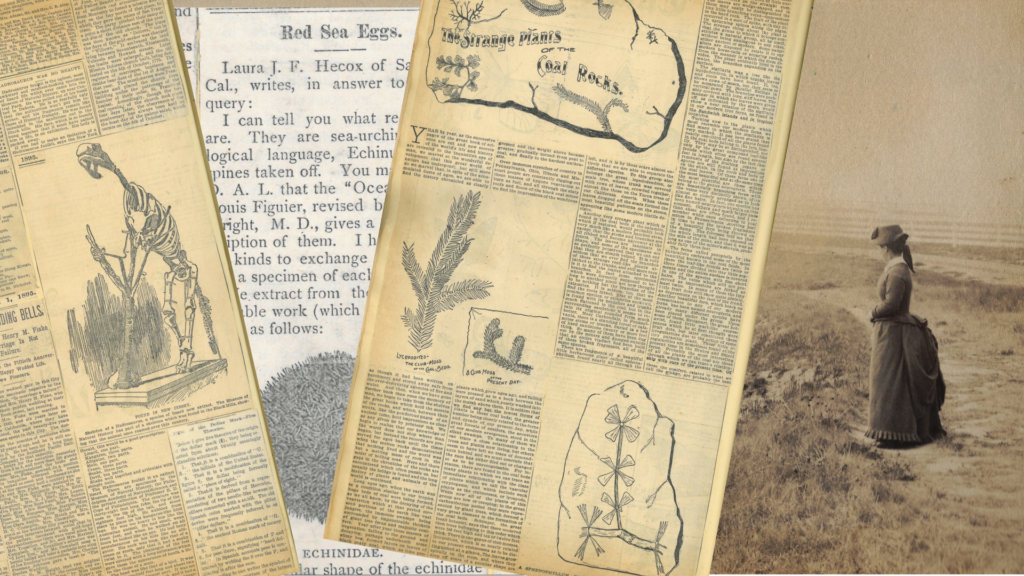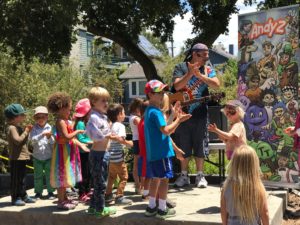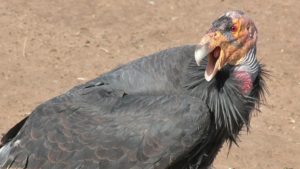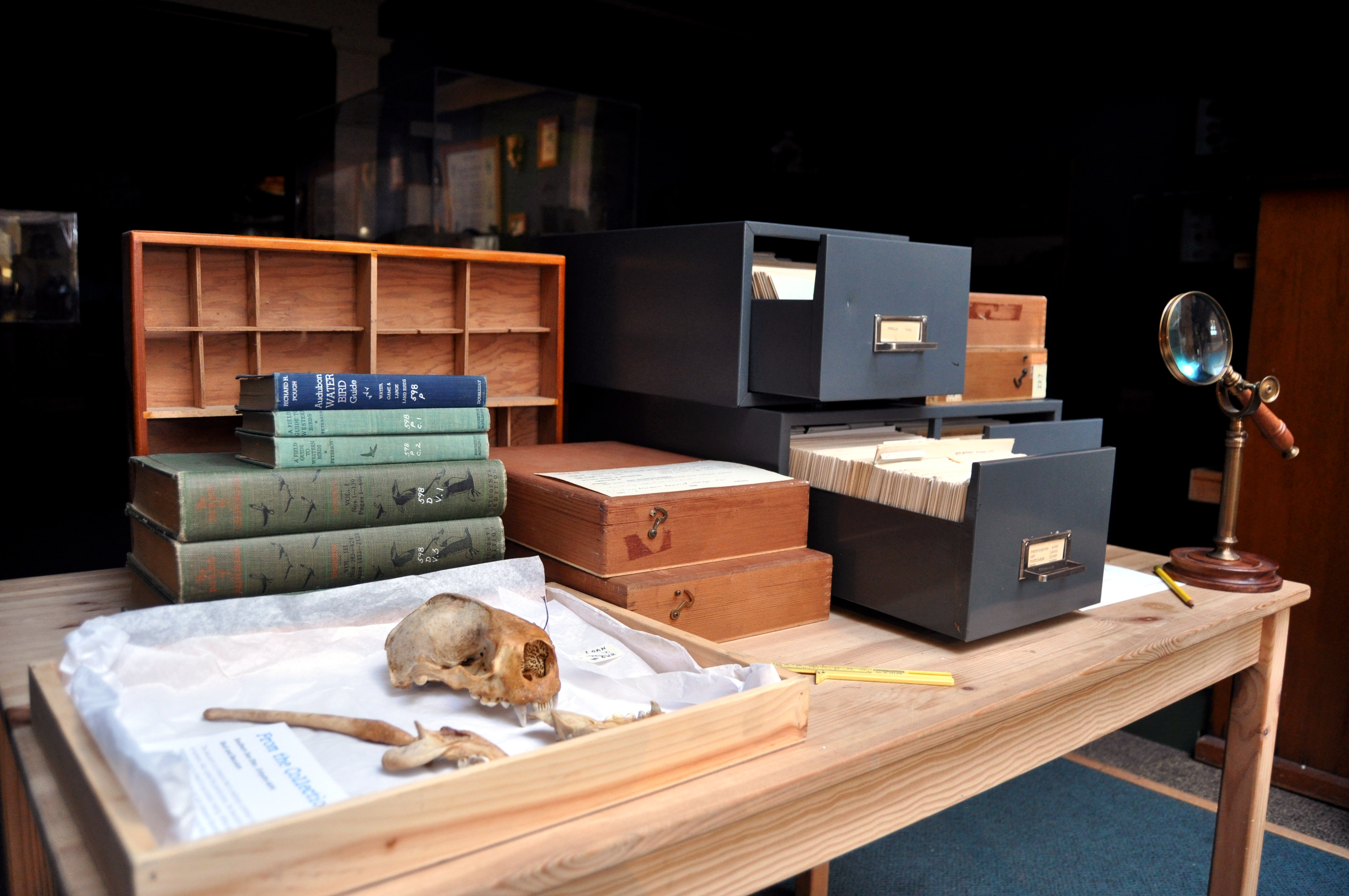As our society is embroiled in confronting systemic racism, museums worldwide are reflecting on our roles as institutions of learning, community centers, and curators of culture. The Santa Cruz Museum of Natural History is dedicated to connecting people through nature and science, and we stand against racism that is keeping communities apart.
Our staff have taken time to reflect on recent national events. We believe it is important to state and elevate the message that Black Lives Matter. Furthermore, we have identified a path forward for our museum that promotes and celebrates our values of racial diversity, equity, inclusion, and access to nature and science:
- As educators, stewards of cultural and natural artifacts, and facilitators of community dialogue, we commit to ongoing staff and board training to ensure that our practices reflect our stated values.
- We will continue to engage with local and national groups whose work aligns with our values. Through partnerships, we will learn more about cultivating an inclusive and diverse museum community. Our learning will be reflected in all our programs and exhibitions.
We remain grateful to all of our supporters, patrons and friends.
#MuseumsAreNotNeutral #museums4equality #blacklivesmatter
Felicia B. Van Stolk
Executive Director



 As many of you know, I will leave my position as Executive Director in late August to join my husband in the Pacific Northwest, where he has started an incredible new job opportunity. It is a bittersweet time for me as I prepare to leave this special museum and our wonderful community. As I reach the end of my tenure here, I have reflected on the many accomplishments our great team of staff, Board and volunteers has achieved since I took the lead in February 2015.
As many of you know, I will leave my position as Executive Director in late August to join my husband in the Pacific Northwest, where he has started an incredible new job opportunity. It is a bittersweet time for me as I prepare to leave this special museum and our wonderful community. As I reach the end of my tenure here, I have reflected on the many accomplishments our great team of staff, Board and volunteers has achieved since I took the lead in February 2015.






 Flipping the calendar over to February can usher in a lot of excitement: The newness of the new year has worn off, we are close to transitioning into spring and, for many, romance is in the air. This month, our Museum programs will celebrate the latter, science-style — through exploration of the science of relationships and the natural history of the senses.
Flipping the calendar over to February can usher in a lot of excitement: The newness of the new year has worn off, we are close to transitioning into spring and, for many, romance is in the air. This month, our Museum programs will celebrate the latter, science-style — through exploration of the science of relationships and the natural history of the senses.